There are currently 7,351 certified B Corporations across 161 industries in 92 countries. But can each one of those organisations claim that everyone in their business can speak confidently about the B Corp certification and what it means? Do they really understand how they can get involved in the movement and what’s in it for them? The answer, unfortunately, might be no.
As a B Corp ourselves, about to undergo our third recertification (previously as Gong Communications, this time as part of The Wilful Group) we know the path to a smooth recertification journey is the entire company living and breathing the B Corp movement. It takes will and effort from individual employees at every level for the value and benefit of B Corp certification to be felt internally. Employees, after all, are arguably a business’s most important stakeholder; they define its culture, live its values, and determine its success. And it works both ways, embedding B Corp into company culture can seed rewards in employee attraction, happiness, and retention.
So how can companies effectively engage employees in B Corp? We have wrestled with this question in order to support fellow B Corps of various sizes in addressing this issue. The result was that we created a bespoke elearning tool for B Corps that was adopted by Danone, Bonduelle, and Coutts to engage their employees. Here are some of our top tips from that work for building support for B Corp from within:
1. Don’t assume knowledge: Start with education and awareness
The essential first step is ensuring that all employees know what the B Corp movement is, what its core values are, and why it is an essential part of your business. The B Corp 101 elearning course will do the essential job of answering ‘what is it and why should I care’ as it is designed to appeal to employees at all levels, regardless of sector and business type. But you can take it one step further with a group learning session or company ‘pub quiz’ to test what they have learned. Lunch-and-learns or seminars are another great way to familiarize employees with the core principles.
For new starters, a one-pager should be included in induction and on-boarding packs as a must, but better still is mandatory or incentivised training on the B Corp movement.
2. Encourage and recognise participation
There are many ways individuals can get involved with the B Corp movement (the B Hive, B Corp Newsletter, social channels, events) but to really drive participation within your organisation, bring everyone in from the beginning and build a programme of continuous engagement. This could take the form of co-collaboration sessions to determine everything from how the company fulfils its B Corp mission, to how you engage as a company, or working groups or committees that represent all parts of the business (B Lab also runs cross-industry working groups to address myriad issues from Global B Corp Climate Collective to Finance & Investment). Internal working groups should have a clear set of objectives and be encouraged to think about how their activity applies to the entire business.
Another route to consider is an ambassador programme in which a dedicated group of individuals are responsible for driving improvements and engagement with the B Impact Assessment (BIA) and the B Corp movement. Model B Corp, Innocent, initiated something similar with its “B Keepers” programme which involves four different functions responsible for delivery, improvements, protecting existing initiatives, and communicating their B Corp mission both internally and externally, to clients and suppliers. Encourage your B Keepers to add this responsibility to their Linked In profiles and company bios so that others will be incentivised to want to join in.
Invite employees to regularly share perspectives, ideas, and even concerns, about the company’s B Corp commitment and engagement, and create channels for open communication and feedback. (eg staff surveys, forums or dedicated MS Teams/Slack channels).
3. Build it into your operational and personnel DNA
Innocent proves yet again to be a shining example of B Corp employee engagement, with individuals’ B Corp roles and ambitions built into employee objectives. Far from being a dictatorial demand, the company has based this on behavioural change models, allowing people the flexibility to set their own objectives, which means they are more likely to fulfil them. This could be taken a step further by incentivising or remunerating individuals for achieving their B Corp goals e.g. through staff perks or bonuses.
B Corp values and your company’s B Corp ambition should be embedded in job descriptions, both for existing and prospective employees, so that alignment with B Corp and expectations of employees is clear throughout.
Think about where – and who – the B Corp message comes from within an organisation. For larger organisations in particular, senior-level advocacy goes a long way.
4. Accountability and measurement
Recording your progress and evidence as you go along is the easiest path to success in a recertification journey. Appoint individuals within the organisation who are responsible for measuring your positive impact at regular intervals, with the BIA in mind. Borrowing from Innocent’s clever naming convention, these could be your “B Keepers” or ambassadors – or it could sit more functionally within a department such as operations. For larger organisations, a scorecard with a clear process for gathering information can be helpful. This can be made into something fun and interactive, even gamified to spark a bit of healthy competition across the company.
And finally, celebrate success and wins with company announcements. Recognise employees that have gone above and beyond their job description, and build pride by celebrating company B Corp wins and mentions in press with the whole organisation.
If you are looking for support in how to engage your internal employees, speak to us about designing a bespoke employee engagement programme or B Corp eLearning course, tailored around your business’ B Corp objectives.






